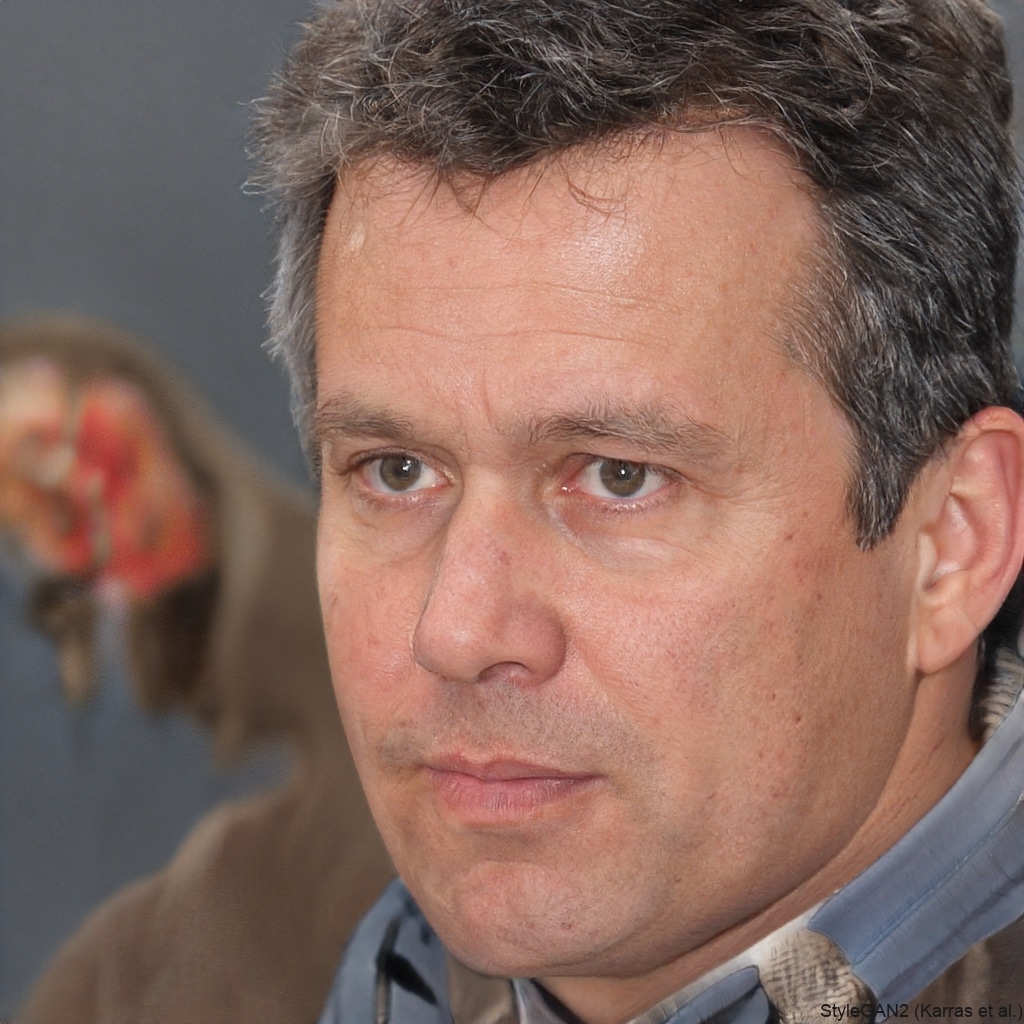A homeowner's nightmare can come in the form of burst pipes, which can cause significant amounts of water to flood areas of the home, especially if the space in which the pipes run is more vulnerable to water as a result of design or age. In Highlands Ranch, several causes can lead to unexpected pipe failures, such as extreme cold, a decades-old plumbing system, or just plain overpressure. When the pipe bursts, narrowing down the cause and the location of the damage will be pivotal in determining which course of action to take. Regardless, time is not on the side of the homeowner in the event of a rupture. Once the pipe is found to be the source of the problem, whatever mechanism is used to restore it to proper working order needs to get there fast and work effectively.
When a pipe bursts in a location where you can easily see it—like under a sink or in a basement—you're likely to be able to make a straightforward repair. This means cutting out the defect in the pipe, right where the water is gushing out, and replacing it with a new section of pipe.
In certain instances, the pipe relining method can provide an efficient remedy, particularly in the case of hard-to-access areas. This trenchless technique calls for the insertion of a new pipe lining into the already damaged existing pipe, then curing the new pipe lining to form a strong, waterproof conduit in place of the damaged pipe.
In serious cases or with older plumbing systems, you might need a complete pipe replacement. This is often advised when multiple sections are damaged or when the existing pipes are nearly as old as the subsystems they've sent water through for years and are therefore more likely to have future blowouts.
In Highlands Ranch, the need for frozen pipe repairs can be common in the winter months when temperatures can dip to a dramatic low. More often than not, this type of repair entails thawing the frozen section of the pipe and also fixing any cracks or splits that may have occurred because of the ice's expansion. Sometimes, the repair work on the pipe might also include preventative measures to ensure the same pipe doesn't freeze again in the near future—a boring piece of work that can include adding insulation or heat tape to the pipe in question.
Busted pipes that have been frozen and thawed are half the story, though. The other half is dealing with underground nightmares involving high water pressure. If the same situation happens again next winter, the busted pipe repair might include not only re-doing the same shoddy frozen pipe work but also installing a pressure-reducing valve on the line to ensure a repeat doesn't happen again.










